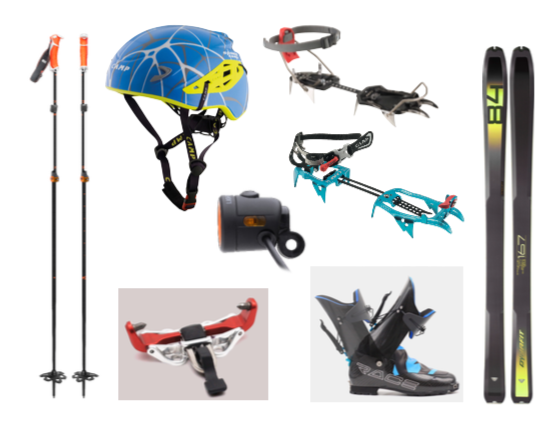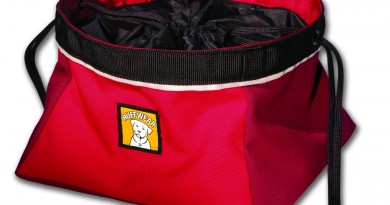The Best New Uphill/Downhill Ski Gear
Whether you’re looking for a touring setup that will get you started in randonnee skiing, or you’re a seasoned veteran looking for the newest, lightest gear, Vermont’s top shops have you covered.
If you’re looking to try skimo racing or update your current setup, it’s a good idea to make sure you’re buying equipment that will allow you to race in USSMA-sanctioned races. That said, there are plenty of events where you can get uphill on whatever gear you have. We asked experts from shops around the state for their recommendations. Whether you’re looking for gear at the top of the line to maximize speed in on-piste fitness touring and racing or you’re looking for a legal racing setup that doubles as the mainstay of your backcountry quiver, here’s what to look for.
1. Pick Your Boots
“The first place to start if you’re looking to lose weight in your ski setup is your boots,” says Aaron August, a ski technician at Outdoor Gear Exchange in Burlington. For a more basic setup that can double as a lightweight, off-piste backcountry touring setup, August recommends the Scarpa F1 Ski Mountaineering Boot ($700). At 1,260g, it’s got a tech toepiece. “If you are looking for a setup that will be lightweight enough for you to be competitive and comfortable when doing fitness laps at a resort but that could also handle backcountry terrain, this is a great setup,” says August.
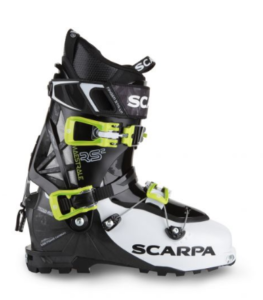
For lightweight backcountry touring and fitness laps at a resort, Summer Reed, General Manager at Killington’s Base Camp Outfitters, recommends the Dynafit Hoji Pro Tour ($799). At 1,450g, this popular touring boot was developed as a partnership between pro freeride skier Eric “Hoji” Hjorleifson and Low Tech binding inventor Fritz Barthel. “It’s our most popular boot,” says Reed.
If cost is no obstacle, commission a pair of custom boots from Pierre Gignoux ($4,000) or try the French manufacturer’s Race Pro Carbon Ski Boots ($2,000). They weigh in at just 500g.
2. Choose Your Binding
For skimo racing and randonnee skiing, “most people at the top use what’s called a ‘low-tech race binding,’ which is much lighter than a regular tech binding and has only one rising mode,” says August. That can make them less ideal for traditional touring, where a higher heel riser can allow you to maximize your grip while navigating a steep skin track on backcountry terrain.
For a lightweight binding that will double as your backcountry touring setup, Don Allen, owner of Mountain Ops in Stowe, recommends the Black Diamond Helio 145 ($499) binding, which weighs in at 290g per pair, is made of stainless steel and has three heel riser positions for added uphill traction.
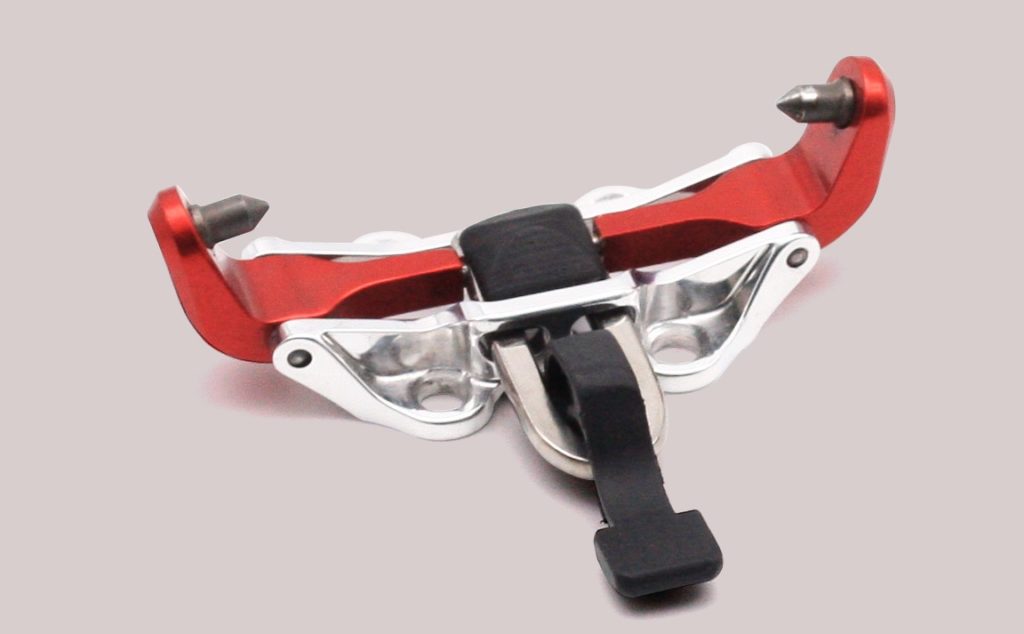
For a world-class setup, Pierre Gignoux currently makes the lightest low-tech binding on the planet, a springless, full-carbon binding called the U 77 that weighs in at just 77g and costs $569. Designed for racing, these probably wouldn’t be the most comfortable option for rowdy backcountry descents.
3. Get Your Skis
According to August, the most important thing to consider when picking a pair of randonnee skis is that they have a small notch at the

front tip of the ski called a “speed skin tip.” This makes them compatible with racing skins and can save you “oodles of time on your transitions because it allows you to take your skins off without stepping out of your binding.”
That said, a true randonnee ski will be narrower underfoot, have less of a sidecut, be much lighter and generally ski very differently than a modern alpine ski. In general, the lighter you go, the easier the uphill and the more challenging the descent.
For a ski that can double as a solid touring ski and a moderately light racing ski, choose any model from Dynafit’s Speedfit series (Dynafit’s Speedfit line includes a boot, binding and ski that August says together make a great entry-level, versatile skimo racing setup). The Dynafit Speedfit 84’ ($500) together weigh 1,350g, making them a little easier to handle in icy conditions than an ultralight ski. August has used this setup himself and reports that it is sturdy enough to allow you to enjoy a steep backcountry descent.
If you are truly ready to race for speed, consider Dynafit’s PDG Ski ($700). At 161cm long and weighing in at 790g per pair they offer super lightweight uphill mobility and are a little softer and lighter than the Speedfit series on the downhills. “It’s a great, industry standard racing ski,” says Allen.
4. Find Skins
“First and foremost, you want speed tips,” says August, referring to the notch on skis where you attach skins. “And for skimo racing, you really
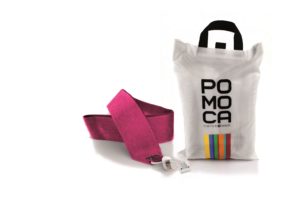
want mohair skins. It’s a plush, natural material (the same used in sweaters) that gives you maximum glide. If you’re used to a nylon skin, which is what most AT skiers would use, this will feel really different to you.”
Across the board, August recommends the Pomoca Race Pro 2.0 ($144.95). “They offer the perfect combination of durability and lightweight material and have the best glide on the market.” For racing, Allen suggests the full mohair version pre-treated with water-repellent to prevent ice build-up, called the Pomoca Mohair Climb Pro skins ($209.95).
5. Protect Your Brain
The International Skimo Federation requires that all racers wear “dual-impact-certified” helmets, so if you plan to race for points in sanctioned races, a climbing or bike helmet won’t cut it. Allen
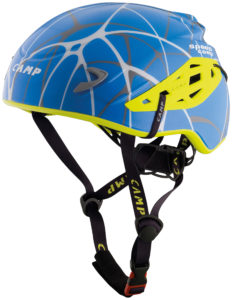
recommends the CAMP Speed Comp Helmet ($119.95) for those on a budget. Weighing in at 356g, it meets both skiing and climbing safety certifications, is ISF-sanctioned and has plenty of ventilation to keep you cool.
August recommends pairing this helmet with the Light & Motion Imjin 800 ($189) mountable headlamp for descending on skis in the dark. This rechargeable, 800-lumen light mounts to a GoPro mount and kept August going through the 8.5 hours of darkness he skied through to win the 2017 12.5 Hours of Bolton race. It’s the light of choice for night tours among OGE staff and has a beam designed for mountain bike and ski descents. For skinning up, Kip Roberts, co-owner of Onion River Outdoors, recommends the Black Diamond Icon headlamp ($99.95), a 500-lumen light that doubles as a good headlamp for fatbiking.
6. Get a Grip
If you plan on venturing to New Hampshire’s White Mountains or participating in an ISMF-sanctioned race, expect to bootpack. In many races, crampons are required. For recreational use, Camp currently makes the lightest steel crampon in the world, the Tour Nanotech Automatic ($239.95), which weighs in at 645g, has ten points of contact, is compatible with larger ski boots. For racing, he recommends the Camp Skimo Total Race ($199.95), which weighs in at 350g.
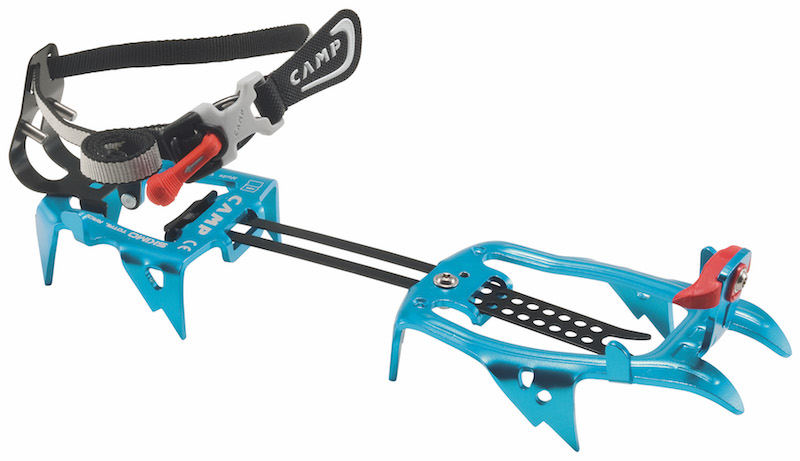
7. Pick Your Poles
For general touring, Roberts recommends G3 Via Carbon Two-Section Poles ($124). “They are nice and long and adjustable with this great ergonomic handle that has a nice shelf on the tip to help you pull up your heel risers,” says Roberts. If you’re looking to race and go fast, August recommends carbon Nordic racing poles, like the Leki CC 300 ($99.95).


